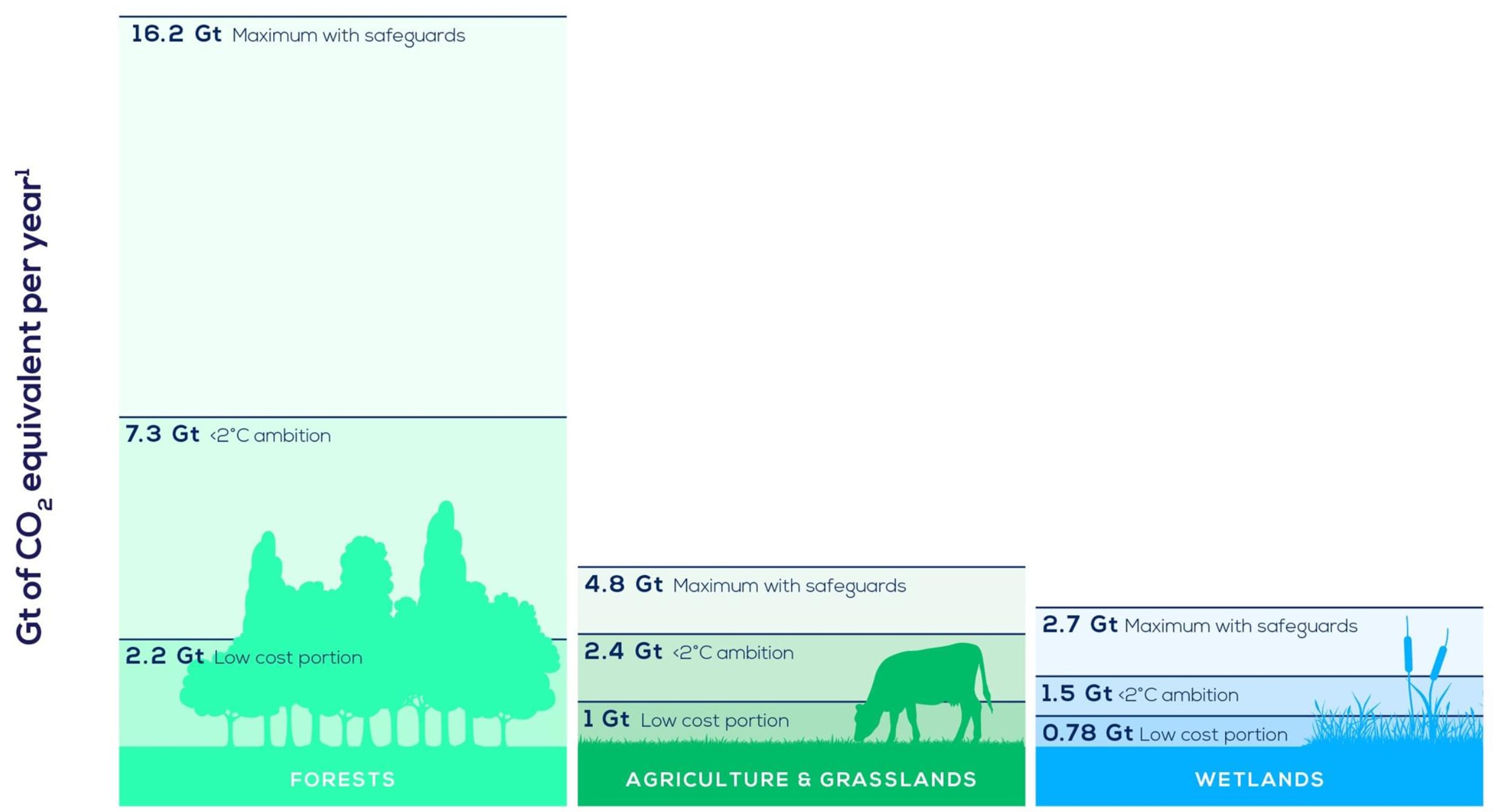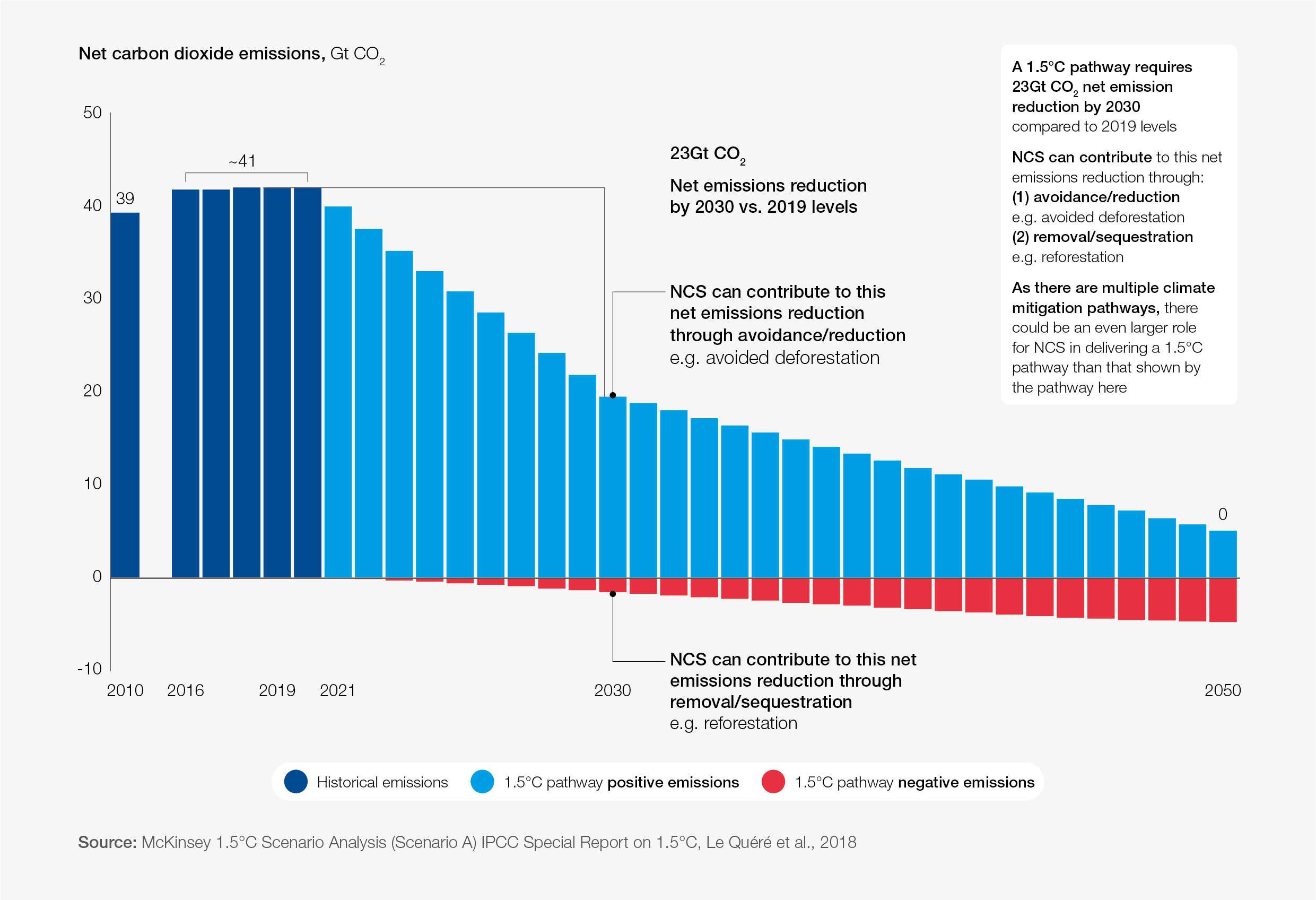Space lasers are helping researchers map the Amazon in 3D. Here's what they found

3D mapping of the Amazon has highlighted some key areas for carbon-based conservation. Image: Pexels/Tom Fisk
- NASA uses lasers on the International Space Station to estimate biomass levels on Earth.
- This mission, called GEDI (Global Ecosystem Dynamics Investigation), has helped to track deforestation in the Amazon.
- GEDI has also enabled countries like the US and Paraguay to improve the accuracy of their national forest inventories.
For decades, satellite images have clearly captured how rampant deforestation is destroying the Amazon rainforest. But what about the trees that remain standing? What do their dimensions tell us about our planet’s future? Quite a lot, in fact.
Since 2018, a first-of-its-kind mission by NASA has deployed lasers mounted aboard the International Space Station to measure and estimate the aboveground biomass on Earth. In the Amazon, where deforestation levels have surged in recent years, the GEDI mission (short for Global Ecosystem Dynamics Investigation, and pronounced “Jedi” like in the Star Wars films) has confirmed some well-documented facts, while also identifying pockets in the rainforest basin that could be part of carbon-based conservation initiatives.
GEDI found that Brazil, home to 60% of the Amazon, has large swaths of land that recorded low levels of aboveground biomass density. This isn’t surprising, given the recent increase in deforestation rates. On the contrary, GEDI measured higher values of biomass density in the northeastern parts of the rainforest that cover the northeastern end of Brazil, French Guiana and Suriname — the latter two being the only regions where more than 50% of the Amazon remains untouched. GEDI also recorded very high levels of biomass density in the southwestern part of the Amazon rainforest, which lies largely in Peru.
The mapping of the Amazon “highlights some key areas for specific carbon-based conservation which represents a whole new line of conservation, in addition to previous biodiversity or ecosystem-based conservation,” Matt Finer, senior research specialist at the nonprofit Amazon Conservation Association, tells Mongabay in an email interview. “This data reinforces the importance of tropical rainforests such as the Amazon.”
Beyond the Amazon, the GEDI mission has enabled countries like the U.S. and Paraguay to improve the accuracy of their national forest inventories. The program has gone beyond just observing deforestation from space, and has helped scientists and conservationists deduce the impact forest destruction will have on the climate.
Spaceborne laser altimeters have long been used to measure the topography of the planet’s surfaces, but the GEDI mission is the first to use it to assess trees by studying their dimensions and vertical structures. Scientists calculate the measurements based on the time it takes for the laser beam emitted from the ISS to hit the surface of a tree and reflect back.
“Imagine you fire a pulse of laser energy and you start a stopwatch, and then you see how long it takes for that beam to hit the top of a tree and come back,” Ralph Dubayah, principal investigator at the GEDI mission and professor of geographical sciences at the University of Maryland, which led the mission, tells Mongabay in a video interview. “Then we measure how long it takes for the light to get reflected off the ground below the tree. Subtract the two, and we can see how tall the tree is.”
But the received data is much more nuanced and informative. The laser light reflects back from leaves and branches as well, giving the researchers a fuller picture of what a particular tree looks like, along with details on the tree’s weight, girth and canopy size.
“When it comes back, it looks like an echocardiogram with many more amplitudes, and so what we get is a three-dimensional view of the tree,” Dubayah says.
To say 3D models of forests provide crucial information would be an understatement. About half of a tree’s dry weight comprises carbon. When people cut down trees or fires burn up forests, the stored carbon is released, adding to the already high levels of carbon dioxide already trapped in the atmosphere and rapidly warming the planet.
Meticulously measuring the amount of carbon stored in existing forests is, therefore, crucial to understanding how carbon is distributed across forests and how much carbon is released due to deforestation.
But the methodology used by GEDI has downsides too, especially when it comes to estimating the aboveground biomass in protected areas or proposed protected areas.

“The data is not yet comprehensive across entire areas,” Finer says.
The mission, however, may have very little time to improve on its functioning or collect more data. The instrument used for the mission is scheduled to be removed from the ISS in the beginning of next year to make way for another unrelated mission. Given how the data collected has proved valuable to climate scientists, the GEDI team is holding talks to find a way to get the mission to continue.
“We are in the middle of a climate crisis right now,” Dubayah says. “Our data tells us very clearly what role forests are playing in the carbon cycle, and so it is a shame to basically burn the instrument up in the atmosphere.”
What is the World Economic Forum doing on natural climate solutions?
Don't miss any update on this topic
Create a free account and access your personalized content collection with our latest publications and analyses.
License and Republishing
World Economic Forum articles may be republished in accordance with the Creative Commons Attribution-NonCommercial-NoDerivatives 4.0 International Public License, and in accordance with our Terms of Use.
The views expressed in this article are those of the author alone and not the World Economic Forum.
Stay up to date:
Future of the Environment
Forum Stories newsletter
Bringing you weekly curated insights and analysis on the global issues that matter.
More on Nature and BiodiversitySee all
Dr Gideon Lapidoth and Madeleine North
November 17, 2025










